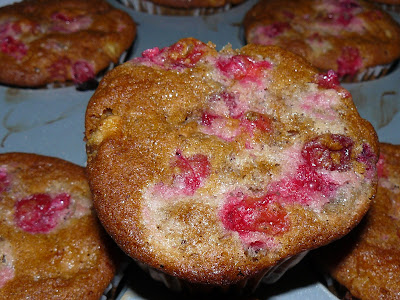Ingredients:
1/2 cup brown rice flour
1/4 cup almond flour
2 TBSP tapioca starch
1/4 cup nutritional yeast
1/2 tsp baking soda
1 TBSP olive oil
1 egg
1 carrot grated
1 TBSP onion minced
1 TBSP tahini (ground sesame seeds)
1/4-1/2 tsp sea salt
1/2 tsp basil
1/2 tsp garlic powder
1/4 tsp paprika
1/4 tsp tumeric
1/2 tsp parsley flakes
Directions:
2) Spoon out onto baking stone or large baking tray
3) Cover with plastic wrap, then using a rolling pin spread the dough evenly.
4) Remove plastic wrap and score into cracker size pieces. I used a pizza cutter for this.
5) Place in preheated 350 degree oven and bake for 20-25 minutes until hard to touch and crunchy. I tested mine by taking off a side piece and eating it. Careful not to burn yourself!
Let cool before you eat them. I haven't tried storing these yet, so I can't tell you what the shelf life would be like. Enjoy!
Feel free to try these with different herbs and spices and let everyone know what you did! If you like a little kick, try adding a 1/8 tsp cayenne pepper or dried roasted pepper flakes. I can't eat tomato, but if I could I would definitely try adding some cherry tomatoes as well. You may need to add a little more flour if you do that to balance out the liquid content of the tomato.
Running the recipe through a nutritional analysis, I'm pleased to let you know that these are:

- Low in sugar
- High in manganes
- High in niacin
- High in phosphorus
- High in riboflavin
- High in thiamin
- High in vitamin B6
In approximate 8 crackers, you will also find
(% required daily intake):
- Vitamin A (4%)
- Vitamin C (8%)
- Calcium (4%)
- Iron (15%)


















